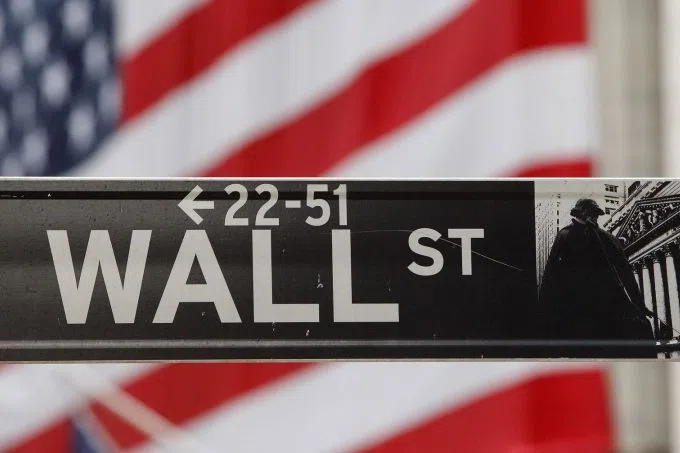US STOCKS were essentially unchanged at the close of a choppy session on Monday (Apr 8), with a solar eclipse offering distraction ahead of crucial inflation data and the kick-off of first-quarter earnings season.
The S&P 500 and the Dow posted minimal losses while the Nasdaq ended nominally higher. All three were held in check by the highest benchmark US Treasury yields since November in the wake of Friday’s blowout employment report.
That report heightened chances that the Federal Reserve could delay implementing its first interest rate cut at its monthly Federal Open Market Committee (FOMC) meetings longer than previously expected.
“Wall Street is adjusting expectations to reflect the fact that the Fed could be slower to lower interest rates and that now the greatest likelihood is for a rate cut to occur at the July FOMC meeting, rather than June,” said Sam Stovall, chief investment strategist of CFRA Research in New York.
On Wednesday, the Labor Department’s March Consumer Price Index (CPI) report is expected to show a slight cooldown in monthly price growth and a nominal decrease in the annual core number, which excludes volatile food and energy items.
“It is probably a better day to watch the eclipse than it is to trade stocks,” said Jay Hatfield, CEO and portfolio manager at InfraCap in New York. “I don’t think anybody wants to really reposition one way or the other ahead of CPI.”
GET BT IN YOUR INBOX DAILY
Start and end each day with the latest news stories and analyses delivered straight to your inbox.
Year on year headline CPI is expected to gain some heat, rising to 3.4 per cent from 3.2 per cent in February, underscoring inflation’s meandering journey back to the Fed’s 2 per cent annual target.
Federal Reserve Bank of Chicago president Austan Goolsbee said on Monday the central bank must take into consideration how long it can maintain its restrictive policy without damaging the economy.
“When I heard (Goolsbee) was speaking at one, I was relieved because I know he’s a dove,” Hatfield added. “So, there was no need to worry about the market melting down while everyone is looking at the sun.”
The first-quarter reporting season officially kicks off on Friday with numbers from major US banks JPMorgan Chase & Co, Citigroup and Wells Fargo & Co.
As at Friday, analysts expect aggregated S&P 500 earnings growth of 5.0 per cent year-on-year, down from the 7.2 per cent annual estimate at the beginning of the quarter, according to LSEG.
The Dow Jones Industrial Average fell 11.24 points, or 0.03 per cent, to 38,892.80. The S&P 500 lost 1.95 points, or 0.04 per cent, at 5,202.39 and the Nasdaq Composite added 5.44 points, or 0.03 per cent, at 16,253.96.
Of the 11 major sectors of the S&P 500, six closed lower, with energy shares suffering the largest percentage loss.
Real estate notched the biggest advance.
Tesla provided a boost, rising 4.9 per cent after CEO Elon Musk said the company would unveil its self-driving Robotaxi on Aug 8.
Cryptocurrency-related stocks also outperformed, tracking rising bitcoin prices. Exchange operator Coinbase Global, and software firm MicroStrategy rose 6.7 per cent and 5.1 per cent, respectively.
Advancing issues outnumbered decliners on the NYSE by a 1.57-to-1 ratio; on Nasdaq, a 1.30-to-1 ratio favoured advancers.
The S&P 500 posted 22 new 52-week highs and two new lows; the Nasdaq Composite recorded 79 new highs and 84 new lows.
Volume on US exchanges was 9.50 billion shares, compared with the 11.53 billion average for the full session over the last 20 trading days. REUTERS



